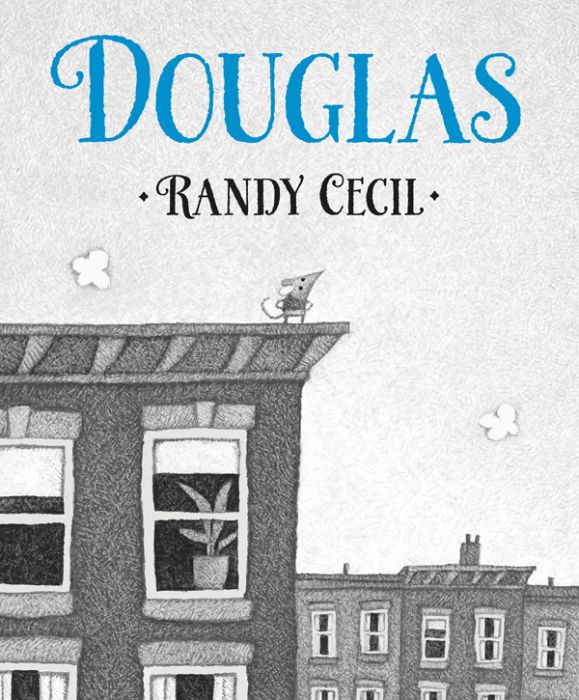
Douglas
By Randy Cecil
Edition
By Randy Cecil
Hardcover edition
Publisher Candlewick Imprint Candlewick ISBN9780763633974
Douglas
 8
8
In stock
SKU
9780763633974J
When Iris Espinosa goes to the cinema, she doesn’t expect to meet a small mouse. And she certainly doesn’t expect that mouse to stow away in her sweater pocket. At home, Iris is delighted by the mouse’s daring, which reminds her of the actor Douglas Fairbanks. And so begin the adventures of a sweet, plucky mouse named Douglas, who must overcome obstacles aplenty, from hungry cats to broom-wielding humans, as she journeys across the tall rooftops of Bloomville to return to her movie-theater home. Full of high-stakes chases, clever escapes, and valiant rescues, Randy Cecil’s story is a cinematic and meticulously crafted celebration of courage and friendship.
Black-and-white oil illustrations.
Black-and-white oil illustrations.
|
Standard MARC Records Cover Art |
Independent Readers Plus (Grades 1-4)
Independent Readers Plus
Independent Readers Plus (Grades 1-4)
For Grades 1-4
For children who can't get enough books, this collection provides 14 additional titles each year at the same reading level as our Independent Readers category. Featuring a blend of exciting stories and accessible nonfiction, these selections are perfect for developing independent reading skills while keeping young readers engaged.
14 books per Year
$258.44 per Year
Interests
Chapter Books, Fiction, Reluctant Readers, Transitional Readers


